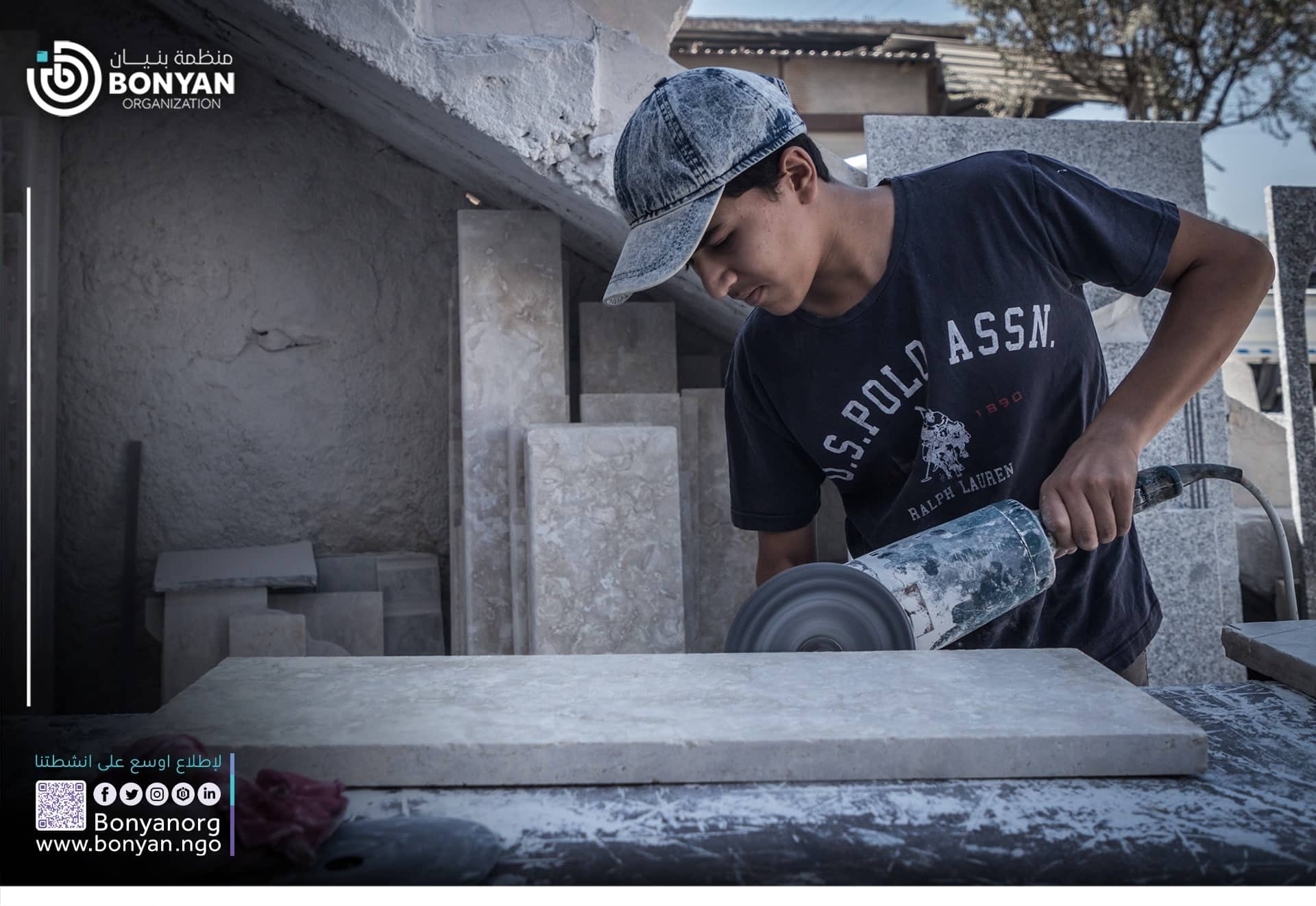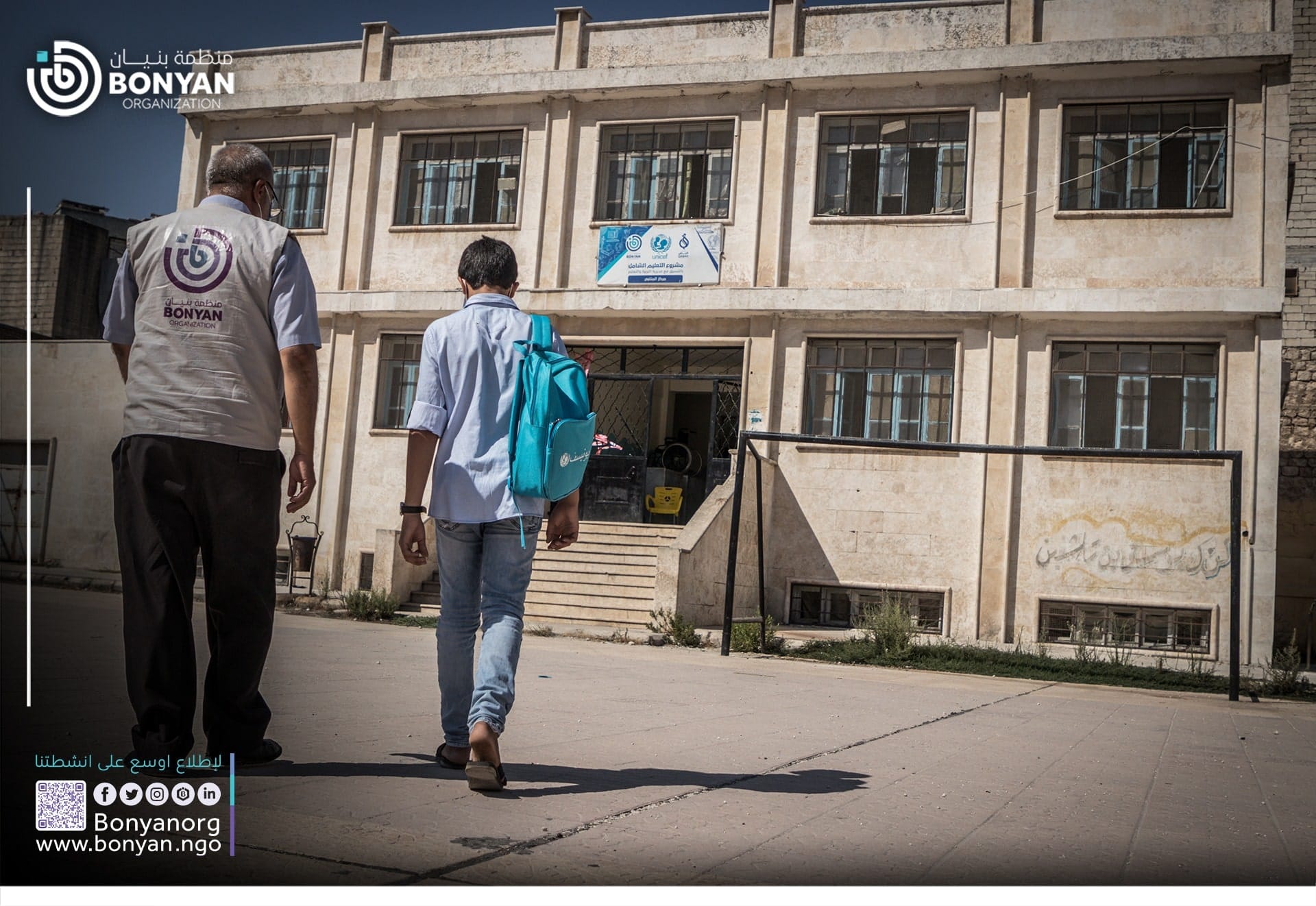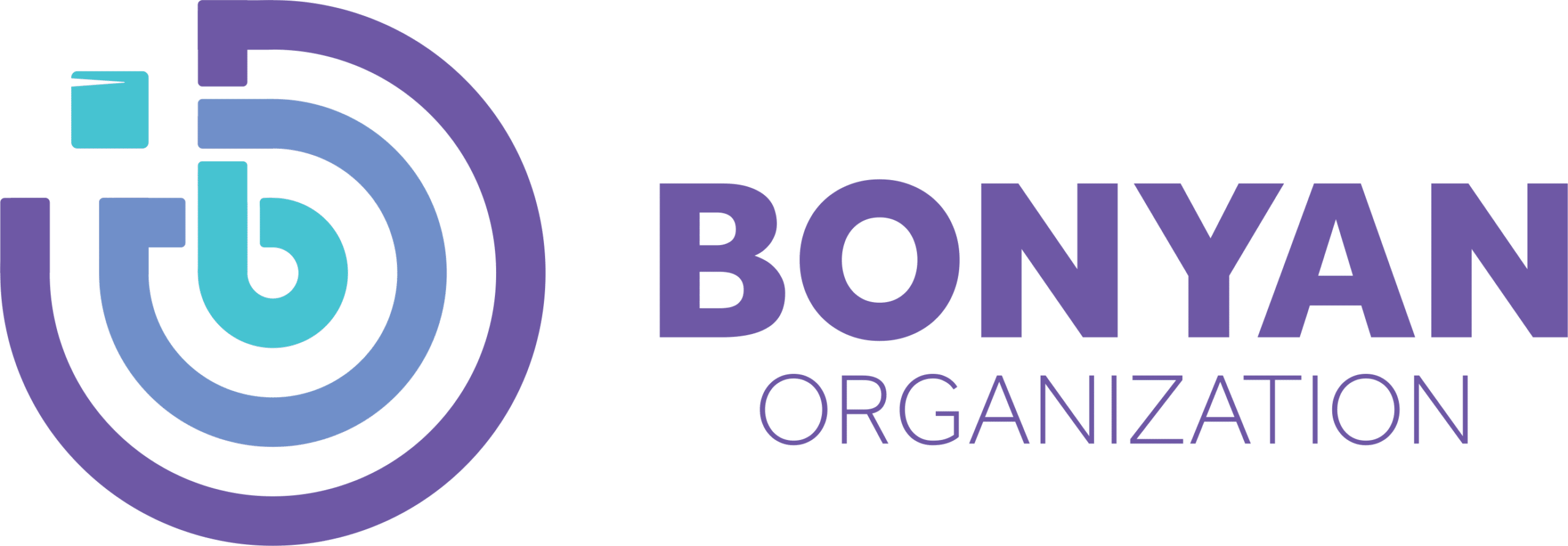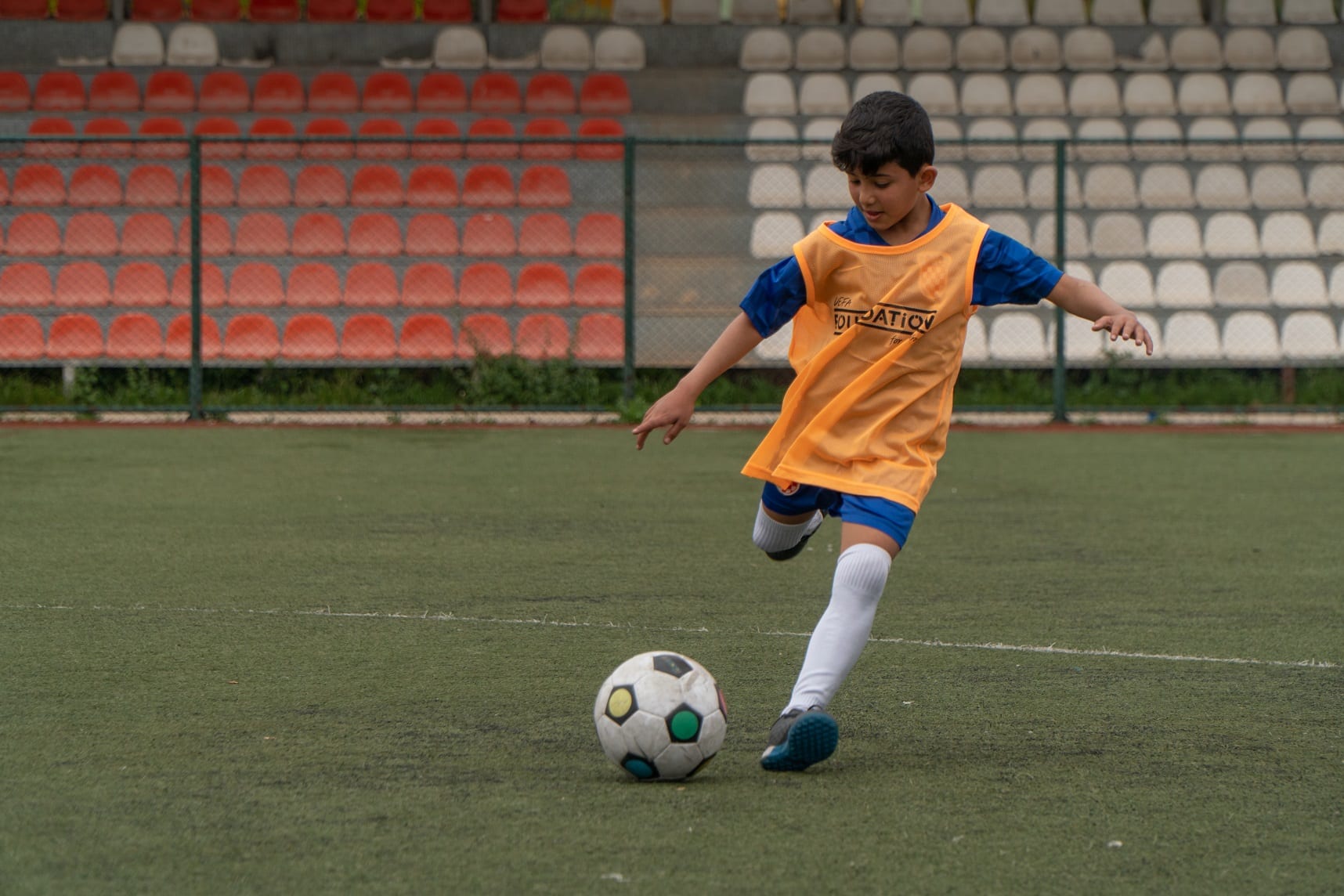Child labor is the exploitation of children through any form of work that deprives them of their childhood, interferes with their ability to attend regular schools, and is mentally, physically, socially, or morally harmful.
This global issue encompasses a wide range of tasks and activities that subject children to conditions that impede their well-being, hinder their development, and undermine their fundamental rights.
The term extends to situations where children are engaged in work that is dangerous, prevents them from accessing education, or involves excessive hours and labor that is detrimental to their physical and mental health.
Child labor statistics
The global landscape of child labor is alarming, with an estimated 160 million children, comprising 63 million girls and 97 million boys, engaged in various forms of labor worldwide. Disturbingly, almost one in ten children globally is affected by this issue.
A significant concern is the hazardous work that nearly half of these children, totaling 79 million, are involved in, posing direct threats to their health, safety, and moral development.
Recent data from a report by the International Labour Organization (ILO) and UNICEF, published in June 2021, reveals a troubling increase of 8.4 million child laborers in the last four years, and an additional 9 million children are at risk due to the ongoing COVID-19 pandemic.
The age distribution is particularly concerning, with children aged 5 to 11 constituting 48% of all child laborers, emphasizing the vulnerability of the youngest demographic.
Although there was a notable reduction of 94 million child laborers between 2000 and 2016, progress has slowed in recent years. Regional disparities are evident, with Africa having the highest percentage (one-fifth) and the highest absolute number (92 million) of children in child labor.
The agricultural sector remains a significant contributor, accounting for 70% of all child labor cases, involving a staggering 112 million children. These statistics underscore the urgent need for global efforts to address child labor, safeguard children’s rights, and ensure their well-being and access to education.
Forms of Child Labor
Child labor takes various forms, impacting millions of children globally. The notable forms include:
1. Slavery or Similar Practices:
Involves the ownership of individuals, treating them as property, and forcing them to work without any control over their circumstances. Slaves are often held against their will and lack the freedom to refuse work.
2. Child Trafficking:
The illegal trading of children involves activities such as buying, selling, and moving children for labor or sexual exploitation. Trafficked children may be coerced or forced into various forms of work against their will.
3. Forced Recruitment into Armed Conflict:
Children are compelled or coerced into participating in armed conflicts, serving in roles such as soldiers, scouts, cooks, guards, or messengers. This is a blatant violation of human rights law.
4. Prostitution and Pornography:
Exploitation of children for sexual purposes includes engaging them in prostitution or involving them in the production of pornographic material. This form of child labor exposes children to significant physical and psychological harm.
5. Drug Production and Trafficking or Other Illegal Acts:
Children are involved in the production and trafficking of drugs or engaged in other illegal activities. This often exposes them to dangerous conditions, addiction, and the risk of criminal repercussions.
6. Debt Bondage:
Forced labor where individuals or families work to pay off debts that cannot be settled with money or goods. Often, this creates a cycle of perpetual enslavement, especially when the debt-holder has no intention of lifting the debt.
7. Hazardous Work that Can Cause Injury or Moral Corruption:
Involves engaging children in work that poses risks to their health, safety, or morals. This could include physically demanding or dangerous work that interferes with their normal development.
8. Involvement in Illicit Activities:
Children may be exploited for various criminal activities, such as theft, burglary, drug production, and trafficking. Organized crime gangs can groom and exploit children, exposing them to addiction and other risks.
9. Agricultural Labor:
Child labor is concentrated in agriculture, with children engaged in farming, fishing, livestock, forestry, and aquaculture. Poverty often drives children into agricultural labor, and any work that interferes with schooling or harms their health is considered exploitation.
10. Mining:
Thousands of children globally work in mines, extracting materials like cobalt, salt, gold, and mica. Conditions in mines are often harsh, with long hours, exposure to toxic substances, and inadequate safety measures.
11. Factory Work:
Children may be exploited in factories where they face poor ventilation, exposure to toxic materials, and hazardous machinery. Instances of child labor have been reported in various industries, including meatpacking plants.
12. Domestic Work:
Involves various tasks and services within households. Exploitation occurs when children work at ages younger than legal limits, face hazardous conditions, or when their domestic work interferes with education. Domestic work exploitation is sometimes “hidden” as children are expected to contribute to the household.
These forms of child labor not only endanger the immediate well-being of children but also hinder their long-term development and perpetuate cycles of poverty.
Causes of Child Labor
Child labor can be attributed to various factors, and experts highlight several key causes:
1. Poverty:
Poverty is identified as the primary force driving children into the workplace. Families facing economic hardships often resort to child labor as a means of supplementing household income.
2. Unhealthy Family Life and Economic Deprivation:
Challenging domestic situations, such as instability, domestic violence, or neglect, may lead families to involve their children in work for coping or survival.
3. Lack of Access to Quality Education:
Limited access to quality education, including barriers like school fees and uniform costs, contributes to low literacy rates and diminishes opportunities for children.
4. Poor Governance and Inadequate Implementation of International Agreements:
Ineffective governance, weak regulatory frameworks, and corruption create an environment where exploitative labor practices can persist. Inadequate implementation of international agreements against child labor further hampers progress.
5. Conflicts & Mass Migration:
Regions affected by conflicts and mass migration experience increased vulnerability to child labor due to economic instability, breakdown of social structures, and displacement of families.
6. Limited Economic Resources:
Families in poverty often view children as economic assets, compelling them to seek additional income streams through child labor.
7. Limited Understanding of Child Labor:
Cultural beliefs and social norms that view work as character-building may contribute to families not fully understanding the dangers of child labor.
8. Natural Disasters & Climate Change:
Rural families dependent on farming may send their children to work when crops are destroyed due to climate changes, contributing to economic struggles.
9. Lack of Funding for Education:
Insufficient funding for educational projects in various regions limits access to quality education, especially in conflict zones.

Effects of Child Labor
Physical Effects
Malnutrition:
- Working children often face insufficient access to a balanced and nutritious diet.
- Inadequate nutrition can lead to stunted growth, weakness, and vulnerability to illnesses.
Exposure to Hazardous Conditions:
- In agriculture, children may handle toxic fertilizers and pesticides, posing risks to their respiratory and overall health.
- In mining, exposure to explosives and poisonous chemicals, coupled with the danger of mine collapses, increases the likelihood of severe injuries or fatalities.
Physical and Verbal Abuse:
- Child labor victims may endure physical abuse through harsh working conditions, leading to injuries such as cuts, bruises, and fractures.
- Verbal abuse can contribute to emotional trauma, affecting a child’s self-esteem and mental well-being.
Mental Health Effects
Adverse Mental Health Outcomes:
- Children engaged in labor face the stress of adult responsibilities, leading to an increased risk of mental health issues.
- Hazardous work conditions can result in chronic stress, anxiety disorders, and long-term psychological consequences.
Destructive Habits:
- Coping mechanisms, such as smoking, alcoholism, or drug abuse, may arise as a response to the emotional and psychological stress of child labor.
- These habits further exacerbate health risks and can persist into adulthood.
Emotional and Relationship Difficulties:
- Exposure to abusive environments during child labor contributes to long-lasting emotional difficulties, including challenges in forming trusting and healthy relationships.
- Victims may struggle with self-esteem, hindering personal development.
Long-term Consequences
Long-term Health Consequences:
- The physical toll of child labor may lead to chronic health conditions that persist into adulthood, affecting overall quality of life.
- Early exposure to hazardous substances can result in long-term health issues, such as respiratory diseases and neurological disorders.
Societal Impact
Cycle of Poverty:
- Families trapped in the cycle of child labor may prioritize immediate income over investing in education, perpetuating a cycle of poverty.
- Lack of education limits future opportunities, reinforcing socio-economic disparities.
Hindrance to Social Development:
- The prevalence of child labor creates a workforce with limited skills and education, hindering a nation’s overall social and economic development.
- A less educated and skilled workforce may struggle to contribute effectively to technological advancements and economic growth.
Jeopardizing Community Well-being:
- Ignoring child labor jeopardizes the well-being of communities, as these children are not just the future but integral members of society today.
- Failure to address child labor weakens community bonds and resilience, as a significant portion of the population faces physical, mental, and socio-economic challenges.

How to stop child labor
Stopping child labor requires a multi-faceted and comprehensive approach:
1. Education:
Promote and improve accessibility, quantity, and quality of education to discourage child labor.
2. Awareness:
- Educate individuals about child labor issues.
- Engage with businesses to encourage responsible practices in supply chains.
3. Fair Trade Practices:
Support fair trade products and companies committed to ethical production.
4. Government and Civil Society Involvement:
- Advocate for strong government policies against child labor.
- Collaborate with civil society organizations to implement effective measures.
5. Living Wage:
Work towards paying a living wage to address poverty, a significant driver of child labor.
6. Discourage Employment of Children:
Sensitize trade organizations and discourage the employment of children in various settings.
7. Financial Support:
Contribute to reputable organizations working globally to protect children from labor and exploitation.
8. Child Sponsorship:
Sponsor a child to support their education and overall well-being.
9. Ethical Investments:
Assess the ethical impact of investments to discourage support for companies exploiting child labor.
10. Certification Initiatives:
Advocate for a universal labeling initiative certifying products free from child labor.
By combining these strategies, individuals, businesses, governments, and civil society can collectively work towards eradicating child labor and building a fair, just, and compassionate society.
Bonyan Organization’s Efforts to End Child Labor
At Bonyan, we embark on a heartfelt mission to eliminate child labor, recognizing the profound impact it has on the lives of vulnerable children.
Our commitment extends across various initiatives designed to break the cycle of exploitation and provide meaningful alternatives. Through our education programs, we strive to empower refugee children with the invaluable gift of knowledge, redirecting their paths away from labor and towards a brighter future.
Our social empowerment endeavors aim to uplift entire communities, addressing the root causes that perpetuate child labor. Bonyan’s pioneering Early Recovery and Livelihood (ERL) Program serves as a catalyst for change, offering financial support, vocational training, and employment opportunities to alleviate economic pressures that often force children into labor.
We take pride in our holistic approach, seamlessly integrating education activities with our ERL Program, providing families with comprehensive support through vocational training and seed funds. As active contributors to policy development, we work tirelessly towards systemic changes that safeguard children from exploitative labor practices.
Donate to end child labor
Join Bonyan in our relentless pursuit to end child labor. Together, let’s create a world where every child is free to learn, dream, and thrive.
Stand with Bonyan. End Child Labor Today!
FAQs
What is Meant by Child Labor?
Child labor is defined as work that denies children of their childhood, their potential, and their dignity.
What are the root causes of child labor?
Root causes include poverty, lack of access to quality education, poor access to decent work, and limited understanding of child labor.
How can child labor be addressed at its root?
Addressing the root cause of child labor involves tackling poverty. One effective strategy is to pay adult workers decent wages, enabling them to support their families without relying on child labor.
What are The Problems of Child Labor?
Psychological and physical damage.
Deprivation of education.
Sexual exploitation.
Child marriage.
Begging and gangs that exploit children.
What are the consequences of child labor?
Child labor can lead to extreme bodily and mental harm, slavery, and sexual or economic exploitation. In nearly every case, it deprives children of their childhood and fundamental rights.
How can we combat child labor?
Strategies to combat child labor involve promoting education, raising awareness, supporting fair trade practices, advocating for government policies, and working towards paying living wages.






